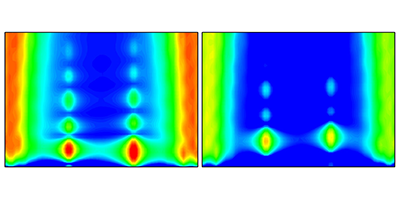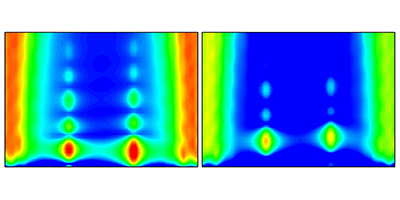Useful Impurities
Impurities are not always just unwanted defects that degrade the properties of a solid. Sometimes they can be used as sensitive probes of the physical properties of their host; for instance, magnetic impurities in unconventional superconductors have helped decipher the underlying pairing mechanism. Writing in Physical Review Letters, Hui Hu, at the Centre for Atomic Optics and Ultrafast Spectroscopy in Australia, and co-workers discuss how to use magnetic and nonmagnetic impurities to characterize a state of matter that is hard to observe experimentally: a topological superfluid.
Topological superfluids are completely frictionless fluids of fermions in which quantum states are topologically protected from scattering and decoherence. According to theory, topological superfluids would host excitations known as Majorana quasiparticles, which are capable of forming robust quantum superposition states and are therefore of great interest for quantum computing applications. Certain superconductors, nanowires, and three-dimensional topological insulators are conjectured to host a topological superfluid, but to date it hasn’t been possible to convincingly confirm the existence of this state of matter in any of these systems.
The authors calculated the electronic states close to an impurity embedded in a topological superfluid. Their findings suggest that an electronic state, bound to the impurity, would emerge in an otherwise gapped spectrum—regardless of the type of impurity or superfluid. Such a midgap state would lead to spectroscopic observables that could provide unambiguous signatures of the topological superfluid state. Further, their calculations show that the wave function of such an impurity state has the same spatial symmetry as a Majorana state, which may suggest the use of controlled impurities in topological superfluids as elementary quantum bits. – Matteo Rini





